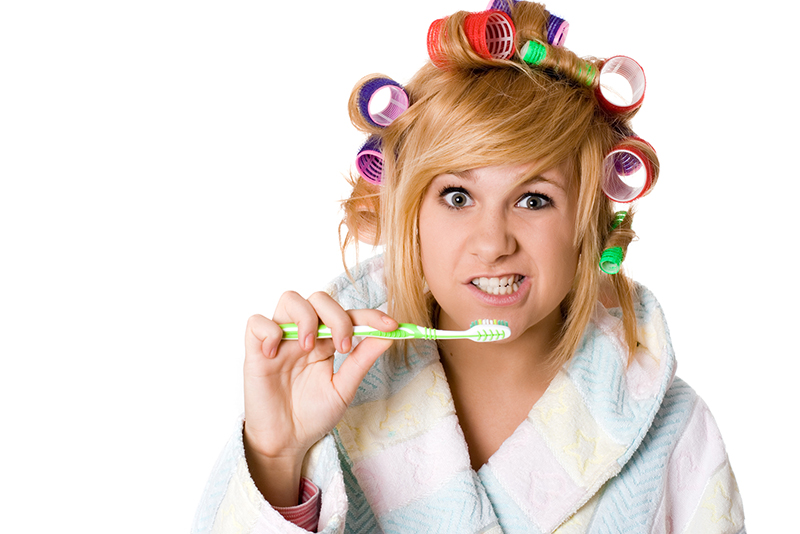As something we all do every day, it might be surprising that many people do not brush their teeth correctly. While doing it wrong is a lot better than not doing it at all, brushing your teeth correctly can help prevent tooth decay, gum disease, tooth sensitivity & more.
Maybe you had good technique, to begin with, but you’ve let things slip over time. Or maybe you never quite paid attention when your dentist or your parents showed you how it’s done. Either way, here are a few tips for keeping your dental hygiene routine easy and effective.
You’re Holding Your Toothbrush Wrong
Holding your brush so the bristles are perpendicular to your teeth is actually not the best way to go. For the outside surfaces of your teeth, hold the brush so the bristles are at a 45-degree angle to your teeth. This allows the bristles to sweep along the gum line, where plaque tends to accumulate most. For the inside surfaces of your teeth, rotate the toothbrush so it’s vertical, and gently scrub your teeth with up and down motions, using the tip of the brush for hard-to-reach spots.
You’re Not Brushing Your Tongue
The bumpy surface of your tongue is great at holding on to debris and is a hiding place for bacteria. Cleaning your tongue as part of your brushing routine can help prevent bad breath and even tooth decay by eliminating bacteria that can be transferred from your tongue to your teeth. By the way, you don’t have to use your toothbrush for this. There are many different kinds of tongue scrapers on the market. Try out a few different kinds until you find a favorite, or ask your hygienist for a recommendation.
You’re Rinsing Your Teeth Afterward
Fluoride is a mineral that strengthens teeth, prevents decay and can even help heal cavities when they are very small. That’s why we recommend using a toothpaste that contains fluoride. However, if you rinse out your mouth with water right after you brush your teeth, you’re canceling out the affect of this fluoride.
If you’ve ever had a professional fluoride varnish at the dentist, you’ll remember that we always tell you to wait at least half an hour after the treatment to eat or drink anything. That’s because we want to the fluoride to sit on the surface of your teeth for as long as possible so it can do its work. The same is true of fluoride toothpaste. Be sure to spit out the toothpaste foam when you’re done brushing, but don’t rinse out your mouth, with water or mouthwash, for at least a few minutes afterward.




